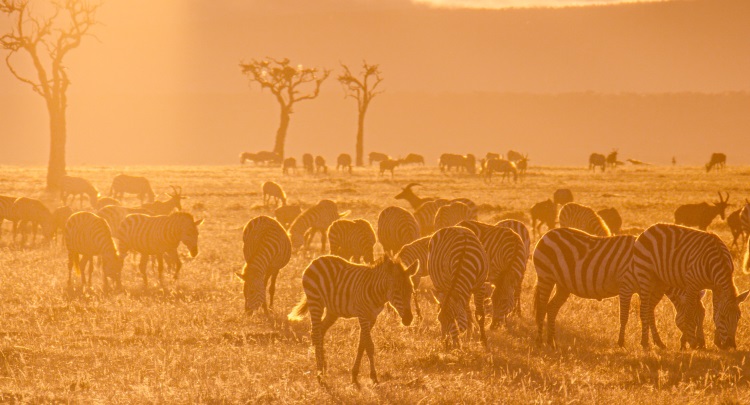20 amazing facts about animals
Last Modified: 19/01/2018
Here are 20 amazing facts about animals featured in the film Earth: One Amazing Day.
- The serval cat has the biggest ears (in relation to its body) and longest legs in the world of cats.
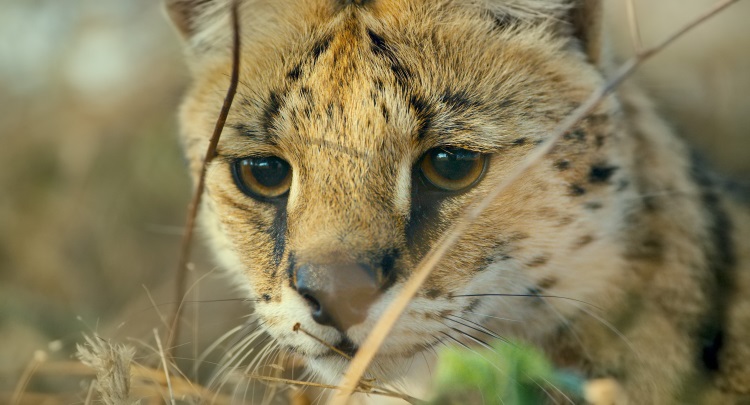
- The harvest mouse is the smallest rodent in Europe and weighs less than a 2 pence coin.
- It is thought the babies of white-headed langur monkeys are born ginger so they don’t get lost.
- A brown bear can run 30 miles per hour (mph). That is faster than Usain Bolt who can only manage 27mph.
- The marine iguana (a kind of lizard) has the ability to forage in the sea, making it the only sea-going lizard.
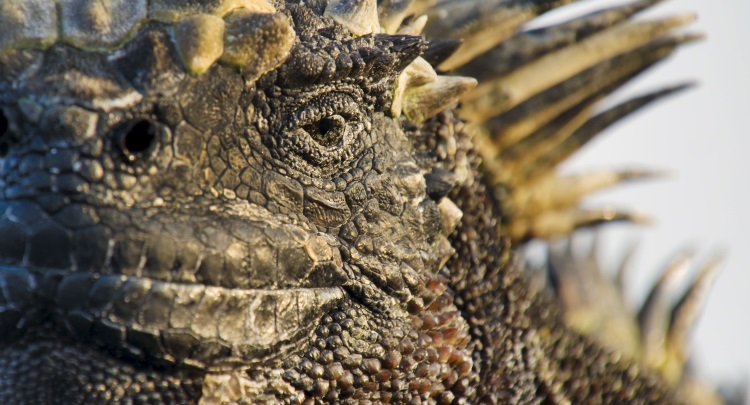
- Galapagos racers (a kind of snake) are solitary for most of the year, hunting insects, lizards and even fish when there isn’t a baby iguana buffet on offer.
- The body of a whitetip reef shark allows it to pump water over its gills without propelling forward, so the shark can sit motionless on the seafloor for hours at a time.
- A panda digests just 17% of the 20 to 30lbs of dry food it consumes each day.
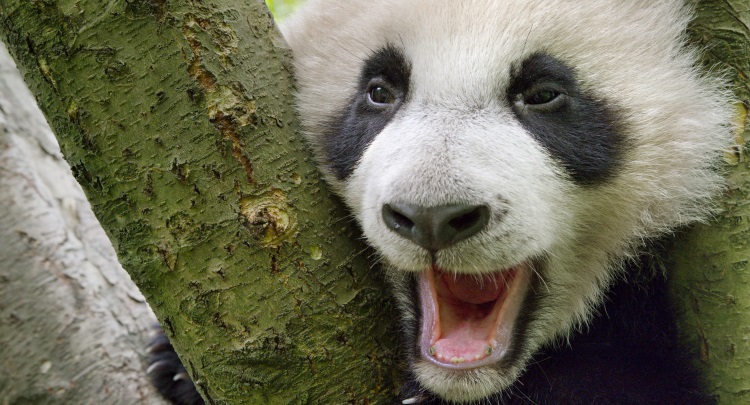
- To catch their prey, glow worms have vertical lines with regularly placed droplets of mucus on them, giving them the appearance of a string of beads. This mucus helps to entangle insects.
- A plains zebra’s stripes act like a fingerprint — each pattern is individual. This helps foals to recognise their mothers by the unique markings.
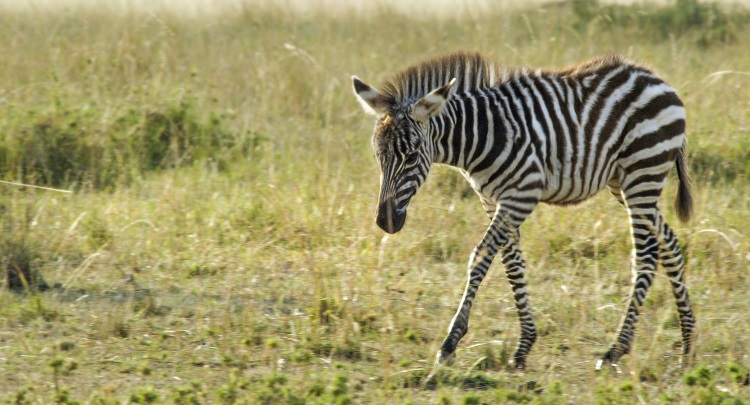
- The narwhal (a kind of whale) lacks a dorsal fin. It may have evolved this way because the smooth shape enables the creature to swim under the ice.
- A giraffe’s heart weighs approximately 11 kilograms, the biggest of any land mammal. It pumps 60 litres of blood every minute at a blood pressure twice that of an average human.
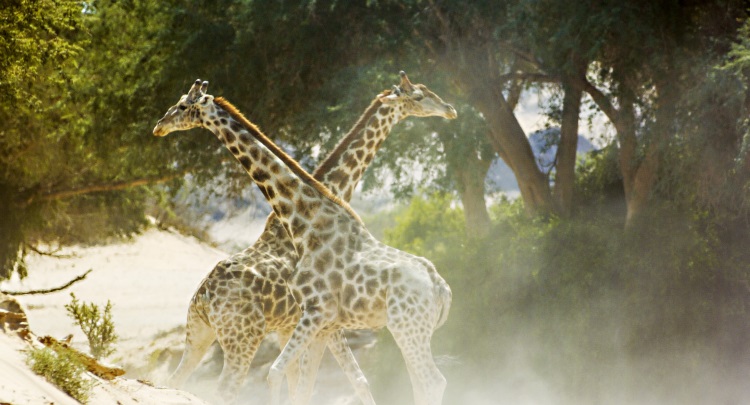
- The sperm whale generates the loudest noise of any animal. Its communicative clicks have been recorded at 230dB.
- Extra vertebrae in sloths’ necks mean that some species can turn their head a full 270°. This helps them reach food without moving their sluggish body, and allows them to rest their head on their chest while sleeping.
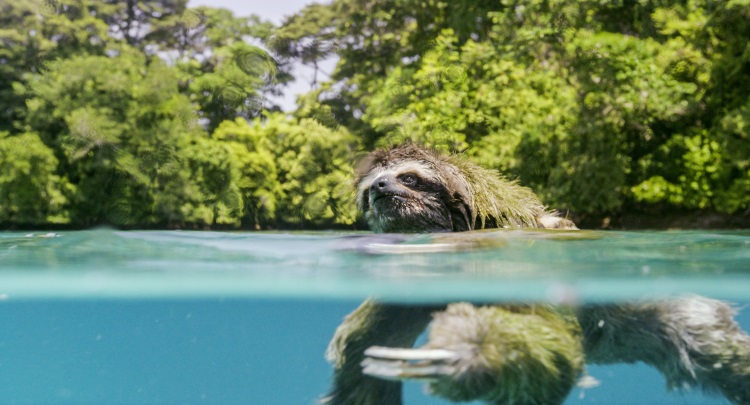
- Bioluminescent fungi don’t just leave the lights on. Instead, they have a temperature-regulated internal clock, that turns on the glow when it’s dark enough for them to stand out to passing insects.
- Tisza mayflies (an aquatic insect) have no working mouth parts so are unable to eat. Their only priority is to find a mate to pass on their genes.
- Chinstrap penguins fish for food up to 50 miles offshore.
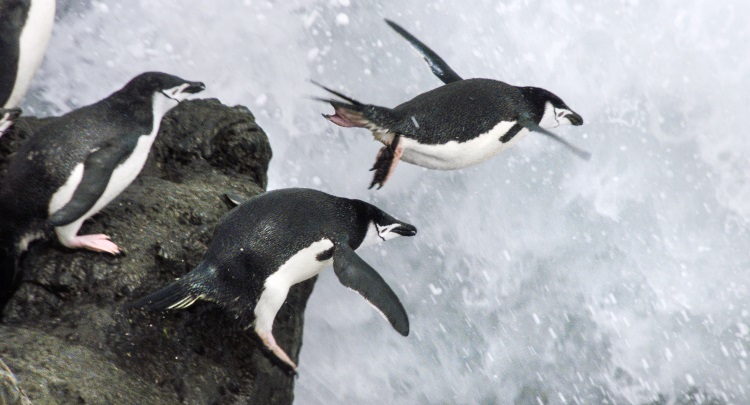
- The daily energy output of a hummingbird leading its ordinary life — if calculated for a 170-pound man — is equivalent to about 155,000 calories.
- The aurora, a mysterious and unpredictable display of light in the night sky, is named for the Roman goddess of dawn.
- The energy output from the sun is huge. According to NASA scientist Dr Louis Barbier, it’s enough to melt a block of ice a mile thick, a mile high, and as long as the distance between the sun and the Earth, in just one second.
